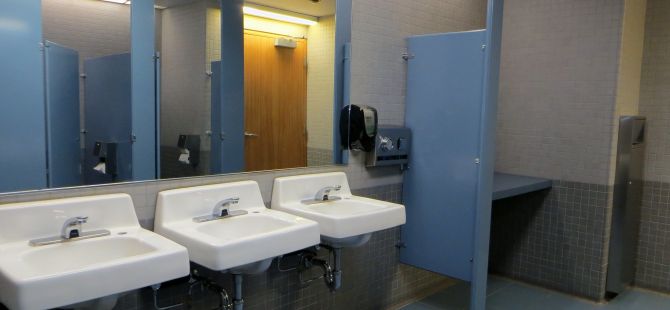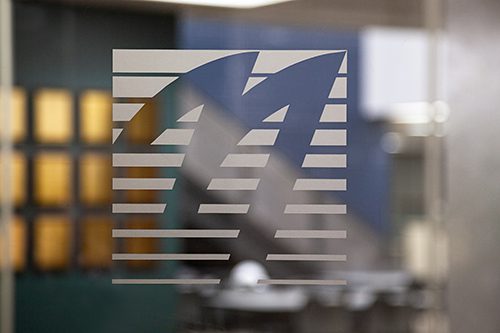As states and municipalities begin to ease COVID-related business restrictions, or at least to contemplate plans for “reopening,” owners of all types of facilities that have been vacant should take measures for preventing bacterial issues related to water stagnation, including Legionella contamination.
Water that has been stagnant in pipes for weeks may contain pathogens, heavy metals, or other contaminants. A Purdue University team recently described their current research regarding water stagnation in shut-down facilities in this short video.
“Generally when we design buildings, we don’t design them to be shut down for two months at a time,” says Andrew Whelton, an associate professor of civil engineering and environmental and ecological engineering at Purdue. “We’ve never seen massive building shutdowns across the country. Our project focuses on the consequences of shutting down buildings and allowing the water in them to stagnate.”
A pre-publication paper, “Considerations for Large Building Water Quality after Extended Stagnation,” is available. Purdue’s Center for Plumbing Safety also offers quick Q&As at its website.
Building owners and facility managers should be proactive in taking steps to avoid growth of pathogens that cause Legionnaires’ disease and other potential problems. All water systems in a building may be affected; not only general domestic water systems (including heaters) but also systems that feed amenities (pools, spas, fountains), water softeners, and even ice machines or soda dispensers. Depending on building characteristics, including water pressure, standard recommendations such as a five-minute flush may not be sufficient if the building has been shut down. At minimum, facility engineers should continue scheduled system flushes even when buildings are not being used.
“Preventing stagnation and introducing fresh chlorinated water into the domestic water systems is the key to retaining good water quality,” says G/BA Associate Joe Ficek, who leads the firm’s plumbing, fire protection, and medical/specialty gas engineering team. “The simplest method is to flush fixtures frequently. This can be somewhat labor intensive, but it definitely outweighs the risks of potential Legionella colonization.”
According to Ficek, domestic hot water (HW) systems pose the greatest risk since Legionella colonizes quickly at elevated temperatures. Stagnation within the domestic cold water (CW) is also a risk; Legionella can, and will, grow at room temperatures.
Opening a building after an extended length of downtime requires extensive flushing of all fixtures. Flushing brings fresh chlorinated water into the CW and HW piping systems. Wherever possible, domestic hot water return (HWR) systems should be flushed and discharged to a drain to remove as much sediment as possible. “The sediment is the biomass that Legionella thrives in,” says Ficek.
Screens and aerators on faucets should be removed before flushing to allow any debris to be washed down the drain. As a general rule of thumb, G/BA recommends running hot water through faucets and showers at least 10 minutes. Cold water should be run for at least 5 minutes. In certain situations (for instance, buildings that have been shut down for extended periods, or situations where contamination is a particular concern), longer flushes or other measures such as hyperchlorination may be considered.
“Remember,” Ficek concludes, “the Legionella prevention motto is ‘Flush, flush, flush!'”
To contact a G/BA engineer with questions related to COVID shut-downs, reopenings, and water quality, email us at info@grummanbutkus.com.



